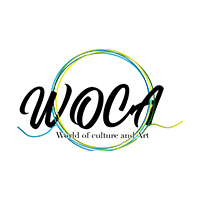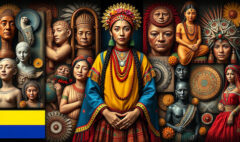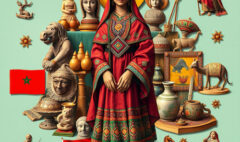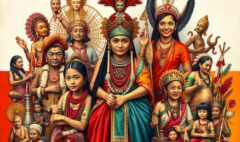Introduction to Nigerian Indigenous Arts
Introduction to Nigerian Indigenous Arts
Nigerian indigenous arts form the bedrock of the country’s rich cultural heritage. These art forms, as diverse as the ethnic groups that create them, offer a fascinating glimpse into the traditions, beliefs, and daily life of Nigerian communities. From intricate sculptures to vibrant textiles, Nigerian indigenous arts tell stories that have been passed down through generations, capturing the essence of Nigeria’s cultural diversity.
The Heart of Nigerian Indigenous Arts
At its core, Nigerian indigenous arts are deeply rooted in the various ethnic groups that make up the country. Each group contributes its own unique artistic traditions to the tapestry of Nigerian culture. These art forms are not merely decorative; they often serve practical, spiritual, or ceremonial purposes, making them an integral part of Nigerian society. The beauty of indigenous arts in this nation lies not just in their aesthetic appeal, but in their ability to convey complex cultural narratives.
Sculpture: Carving Stories in Wood and Stone
One of the most renowned forms of Nigerian indigenous arts is sculpture. Skilled artisans create stunning pieces from wood, bronze, and terracotta, each telling its own story. The world-famous Benin bronze sculptures, for instance, are known for their intricate details and historical significance. These sculptures often depict royalty, deities, and important events, serving as a visual record of Nigerian history and mythology.
Indigenous arts of Nigeria continue to evolve, with contemporary artists drawing inspiration from traditional forms. Textiles, for example, remain a vibrant part of Nigeria’s artistic landscape. The Yoruba people’s adire cloth, made using indigo dye and resist-dyeing techniques, is a prime example of how Nigerian indigenous arts blend functionality with aesthetic beauty. These fabrics are more than just clothing; they’re wearable art that conveys social status and cultural identity.
Pottery and Masks: Shaping Tradition and Spirituality
Pottery is another essential aspect of Nigerian indigenous arts. Clay pots and vessels are not only functional but also beautifully decorated with intricate designs that often reflect the spiritual beliefs of the communities that create them. Similarly, masks hold a special place in Nigerian indigenous arts and culture. Used in ceremonies and rituals, these masks are believed to embody spirits or ancestors, showcasing the deep spiritual connections in Nigerian art.
The Future of Indigenous Arts of Nigeria
As Nigeria continues to modernize, there’s a growing effort to preserve and promote these traditional art forms. Many young Nigerians are rediscovering their artistic heritage, finding new ways to express age-old traditions in a contemporary context. This renaissance in Nigerian indigenous arts is helping to ensure that these valuable cultural expressions continue to thrive and evolve in the 21st century.
Conclusion
Nigerian indigenous arts are a testament to the country’s rich cultural heritage. These art forms do more than please the eye; they tell stories, preserve history, and keep traditions alive. As we appreciate the beauty and complexity of Nigerian indigenous arts, we gain a deeper understanding of the diverse communities that call Nigeria home. The continued practice and evolution of these art forms ensure that Nigerian indigenous arts will remain a vibrant and integral part of the country’s cultural landscape for generations to come.











